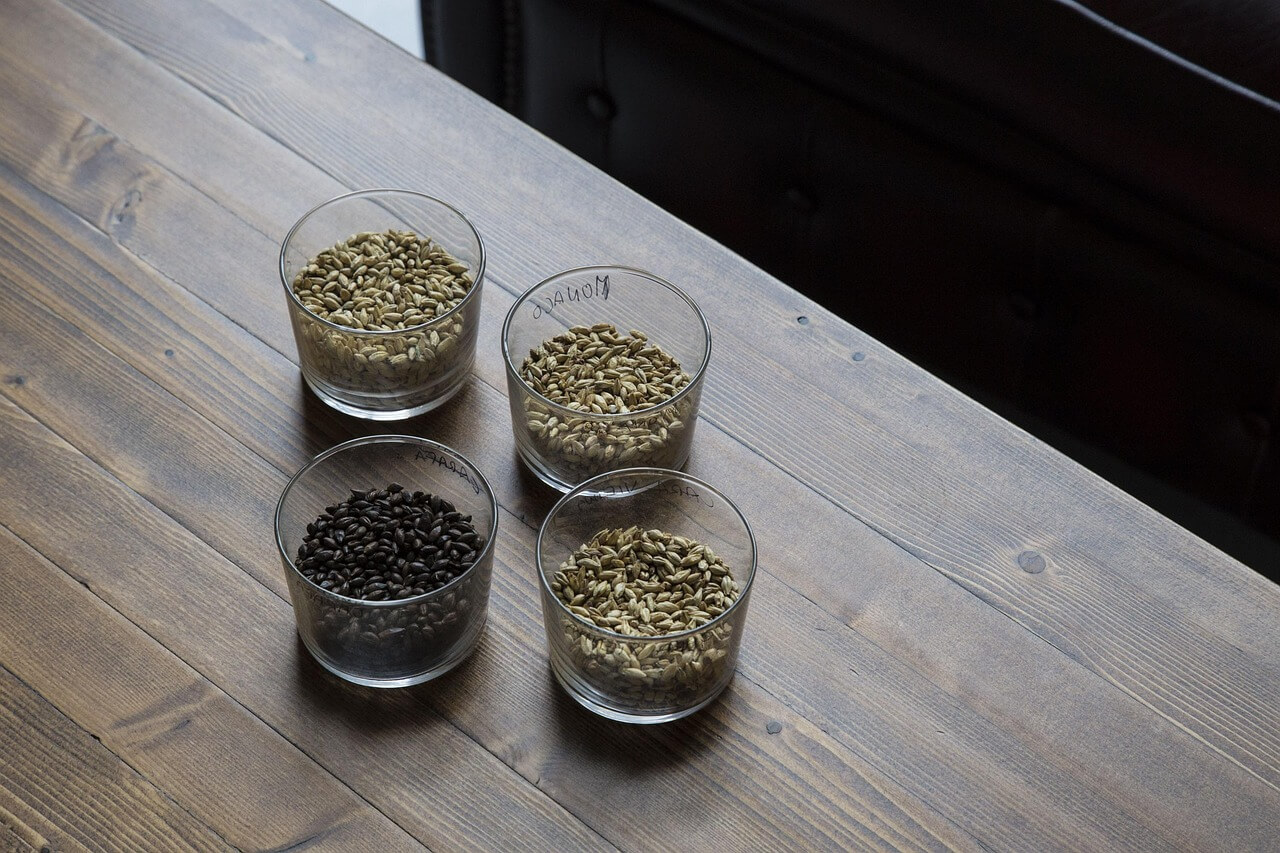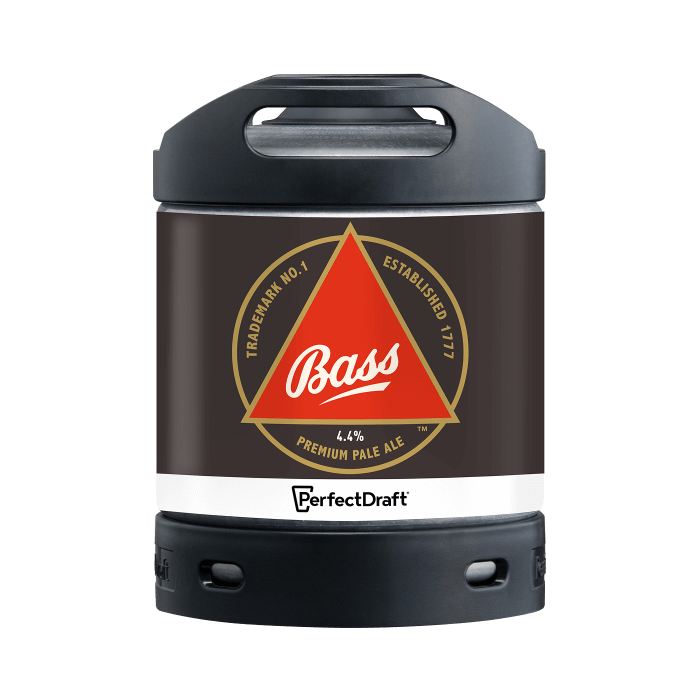
Malt is one of the essential ingredients in brewing beer. It’s typically made from cereal grains—most often barley—that have been kilned or caramelised to develop a wide range of colours and flavours. Let’s explore the different types of malt and how they impact your beer!
At PerfectDraft, our BeerKits are carefully designed using optimal malt combinations to help you brew high-quality beer at home. You can even create your own recipe using the tips in this guide. Remember, proper malt storage is key to preserving freshness and flavour.
Base malts
Every beer recipe includes 50% to 100% base malt. These malts are kilned at low temperatures and have the enzymatic power needed to convert their own starches into fermentable sugars. Common base malts include Pilsen, Pale Ale, and Vienna. These malts provide the foundation for your beer's body, colour, and alcohol content.
Caramel and kilned malts
These malts are kilned at higher temperatures than base malts, enhancing their colour, aroma, and flavour. They should always be used in combination with base malts and typically make up no more than 20% of a recipe. These malts contribute to the beer’s aroma, body, and depth, often offering caramelised, biscuity, or nutty notes. Popular options include Munich, Biscuit, Vienna, Aroma and Cara Munich, ideal for brewing amber or malt-forward beers.
Roasted malts
Similar to coffee or cocoa, some malts are roasted at temperatures above 130°C. This process gives beer intense notes of chocolate, coffee, or dark fruits and results in a deep black colour. Roasted malts include Chocolate Malt and Black Malt, perfect for styles like stouts and porters.
Specialty malts
For adventurous brewers, specialty malts offer endless creative possibilities. These include smoked malts, sour malts (used sparingly, no more than 5%), and flaked oats for a creamy mouthfeel. You can also experiment with wheat malts for tangy, refreshing notes in German-style weizens, or try brewing with rye malts to add a delicate, spicy character—reviving a popular grain from medieval times that’s gaining popularity in the craft beer world.
How to store malt properly
After brewing, you may have leftover malt. No worries—you can reuse it for your next batch! Store malt in a clean, cool (below 22°C), dry (under 35% humidity), and contamination-free environment. A sealed, food-grade plastic bucket is ideal. For optimal results, use crushed malt within 3 months and whole grain malt within 24 months of purchase. Improper storage can lead to flavour loss and reduced freshness.
Now it’s your turn—experiment with different malts and create your own beer recipe!
Cheers!
ALCOHOL ABUSE IS DANGEROUS FOR YOUR HEALTH. PLEASE DRINK RESPONSIBLY.
Discover other articles : The new Hawkstone keg for the PerfectDraft beer tap and The best food and beer pairings for Porter









